How we love to sit in red velvet seats and be entertained! Come with us back in time as we look at the evolution of Going to the Movies in America.
1800s: The Vaudeville House
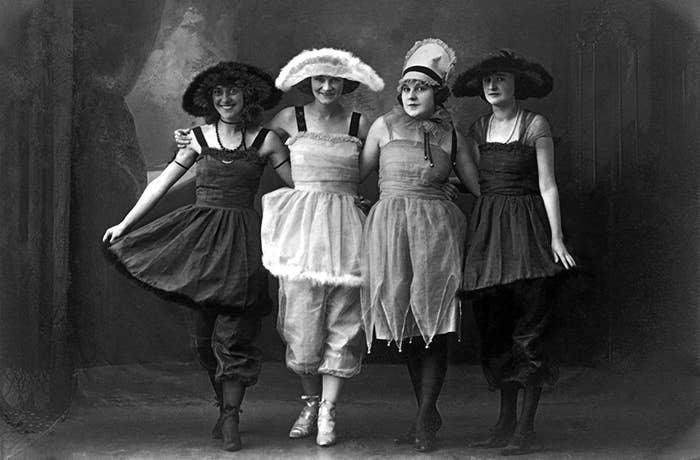
1895: Arrival of a Train and Movies
1905: The Nickelodeon


In 1905, the first-ever theater devoted exclusively to the motion picture opened its doors in Pittsburgh: the Nickelodeon.
Nickelodeons were generally small, family-owned, makeshift movie theaters, and they soon started popping up all over the country. It cost a nickel to get in, hence the name. ("Odeon" is the Ancient Greek word for "theater.") This meant more people could afford to go to the movies — and thousands did.
1913: The Grand Movie Palace
In 1913, the Regent Theatre opened in New York City, ushering (!) in a new era of the Grand Movie Palace. This same year, filming began on what is reputedly Hollywood's first feature-length film: The Squaw Man. From 1915, deluxe theaters were being built in major cities to accommodate feature films and growing audiences.
Renowned theatrical impresario Samuel "Roxy" Rothafel was called in to transform theaters into super-fancy, extravagant movie palaces, adding air cooling systems, potted plants, and other lavish touches. "Treat the audience like kings and queens," was his motto. What a time to be alive.
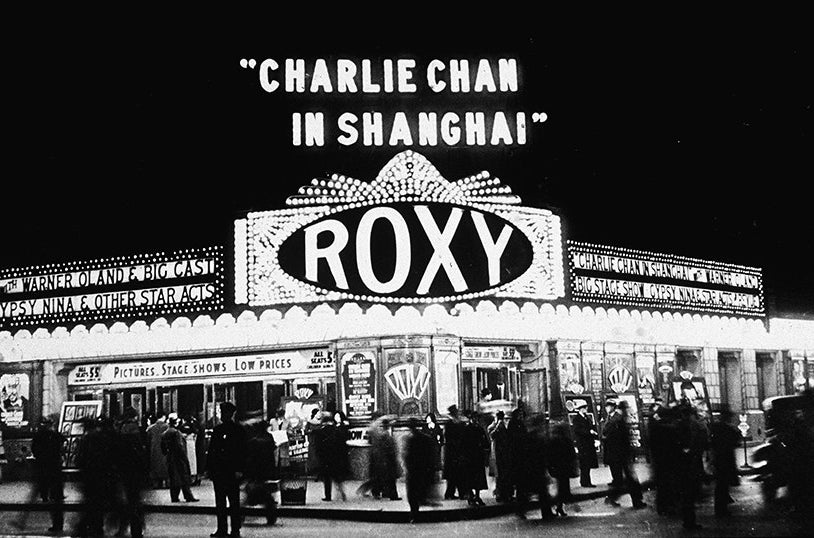
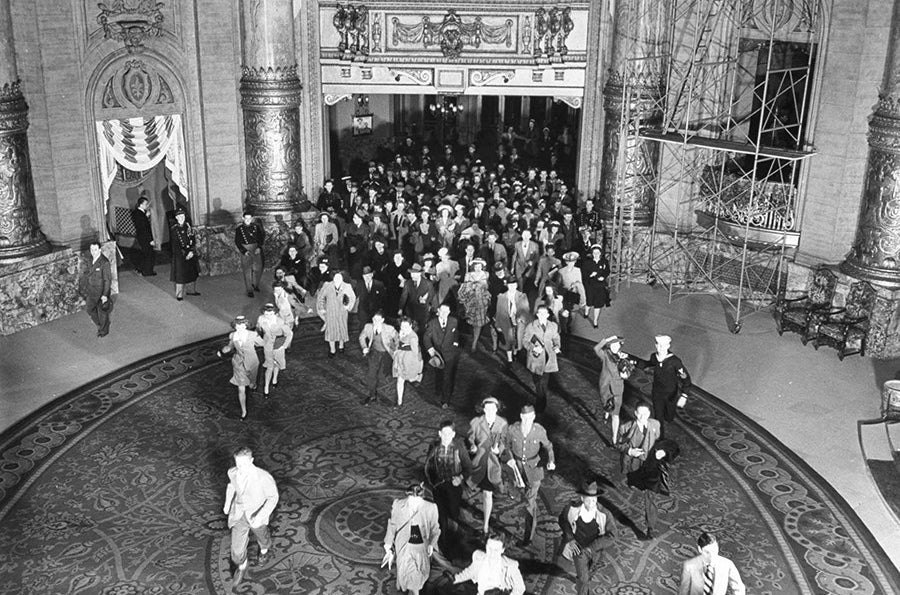
1927: The Jazz Singer
1933: The Drive-In
Separate Cinema
Meanwhile, from about 1915 into the late 1940s, black entrepreneurs would open their own movie houses, screening movies with all-black casts in segregated theaters. These so-called "race movies" were a departure from the stereotypical representation of minorities in Hollywood films at the time. The term "separate cinema" was used by historians John Kisch and Edward Mapp "to describe the segregation of the mainstream, Hollywood film community."
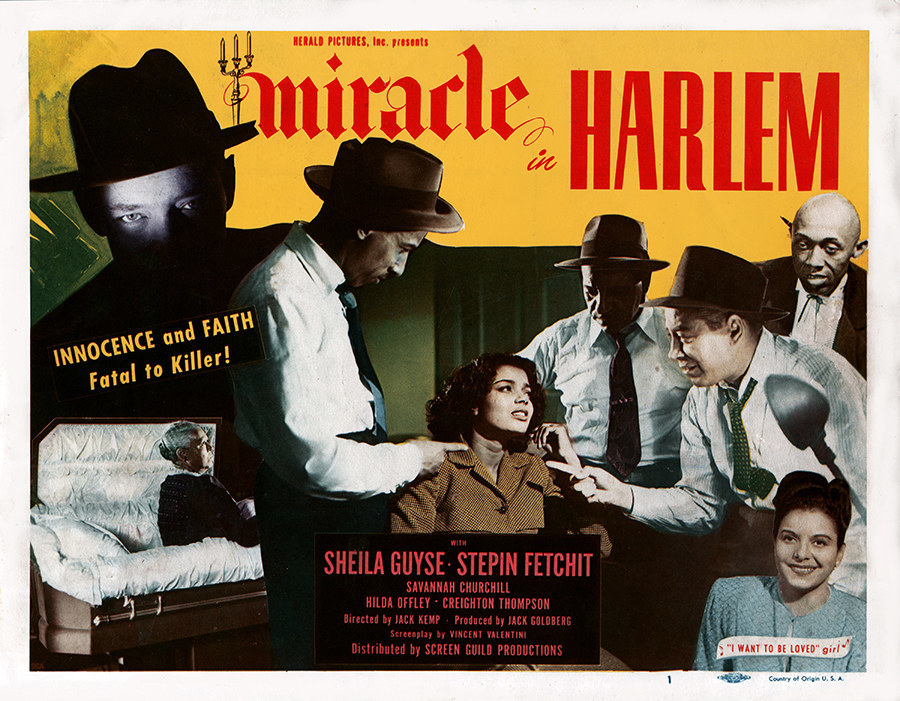
On Popcorn
1960s: The Multiplex
In the 1950s, television slowly started killing off most of the grand, opulent movie palaces. But throughout the '60s and '70s, theaters that weathered the television storm were converted into twin- and triple-screen theaters, with the first "multiplex" theater opening in 1962: the Parkway Twin in Kansas City. Suburban shopping center theaters made use of new, high-tech projection equipment, and the multiple screens allowed the theaters to offer something for every movie-loving human.
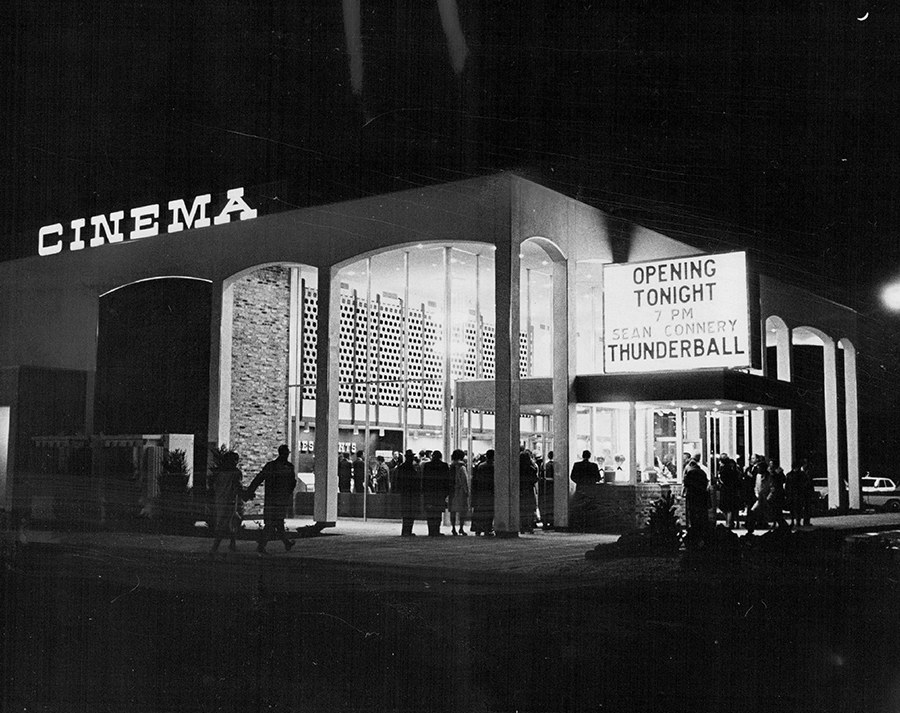
1975: The Summer Blockbuster
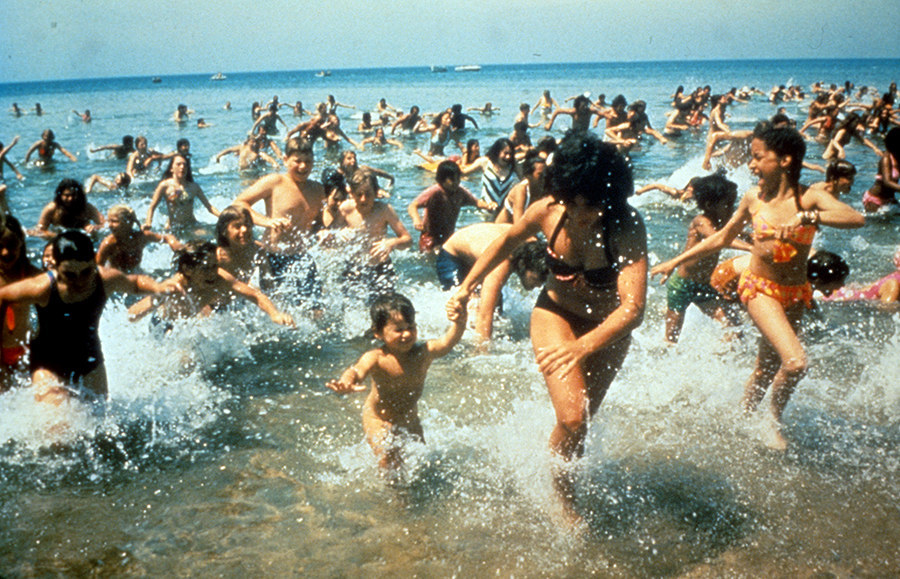
The Stereo Era
1999: Cinema Goes Digital
2009: 3D Becomes a Real Thing
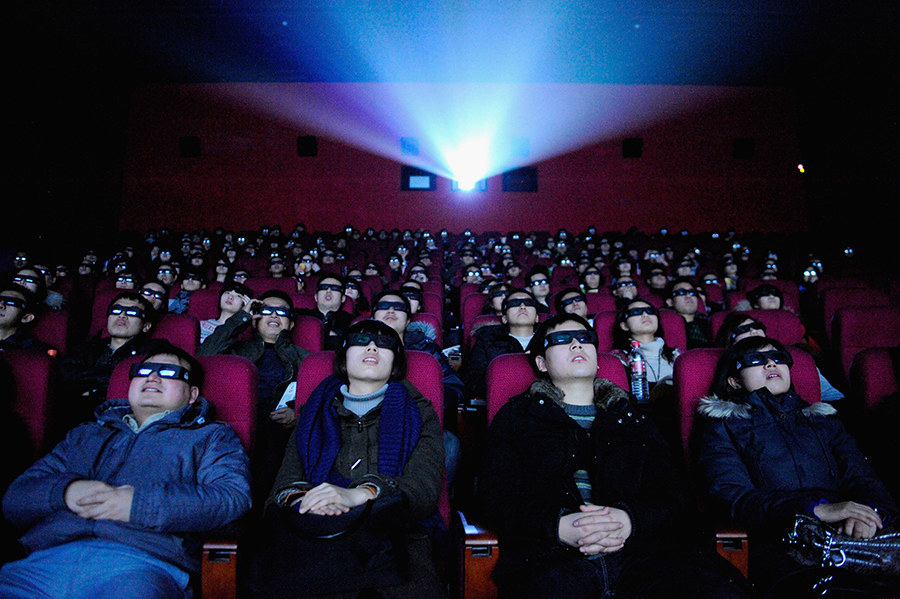
And Beyond...
-------------
2016: The Dolby Cinema at AMC Experience
We've come a long way from the vaudeville house and the 1920s talkies. And the future is bright. Dolby Cinema at AMC delivers audiences spectacular image and sound experiences with reserved seating and recliners to make every visit a completely captivating cinematic event.
Here's Jon Favreau on how he brought The Jungle Book to life with Dolby Atmos® and Dolby Vision™:
View this video on YouTube
Dolby Vision™ is a laser projection system that produces amazing contrast, brightness, and color range that more closely matches what the human eye can see. And with Dolby Atmos®, the soundtrack moves around the theatre, even overhead, with amazing richness and depth.

